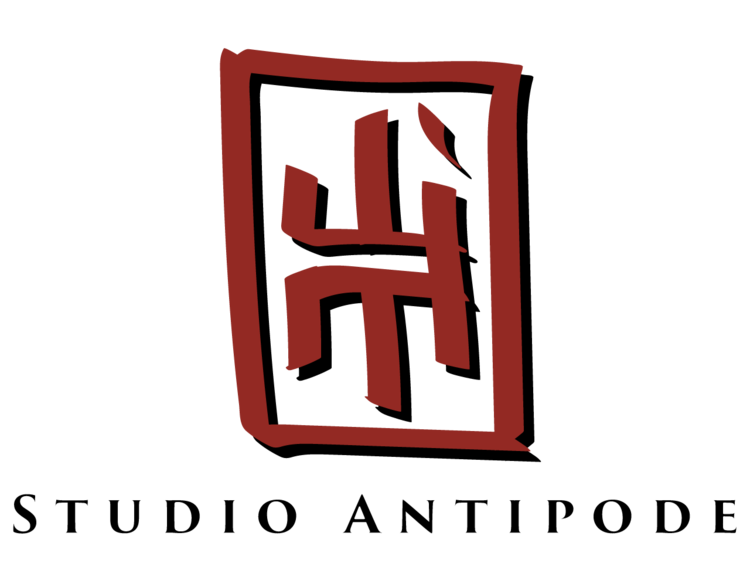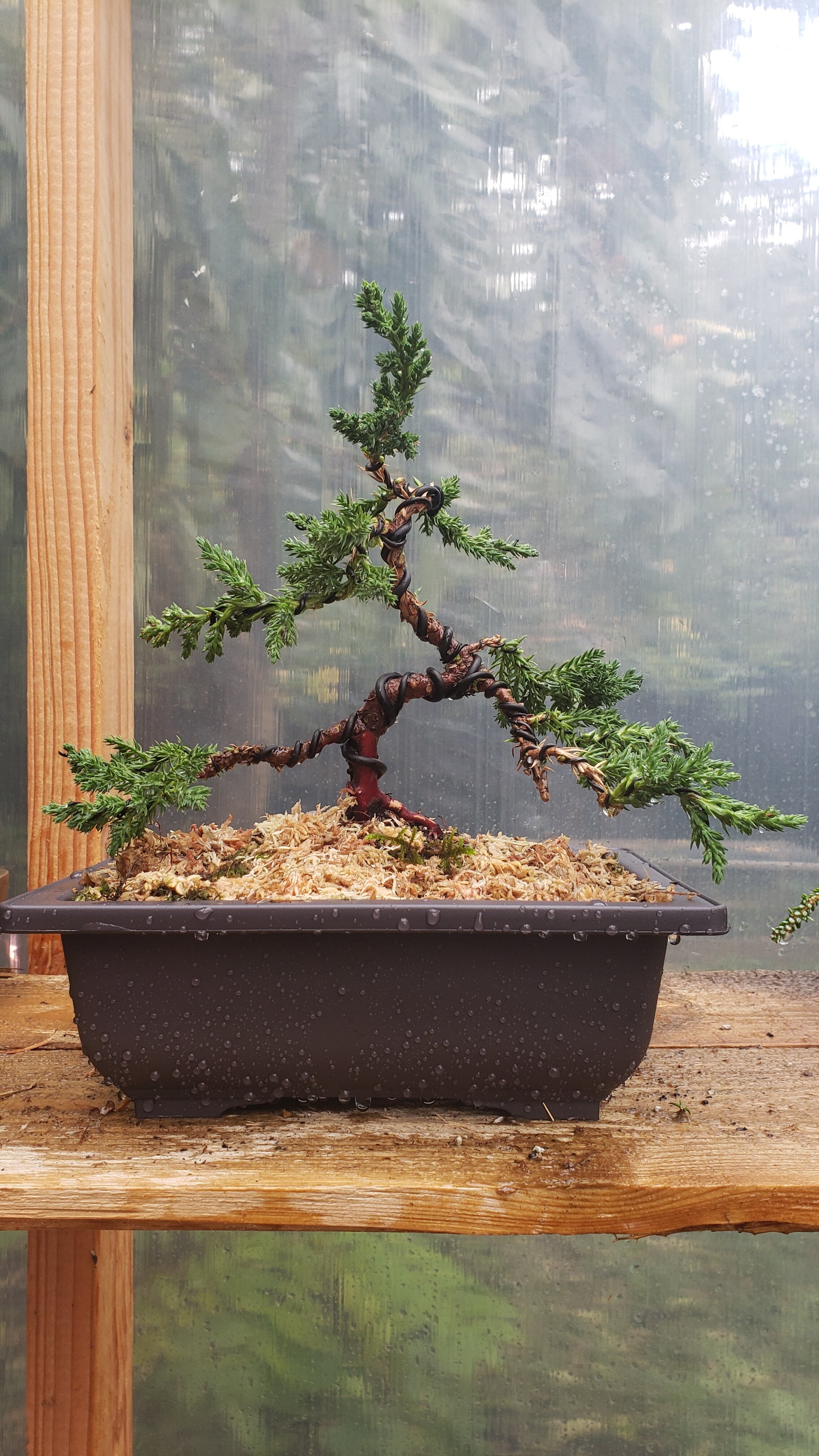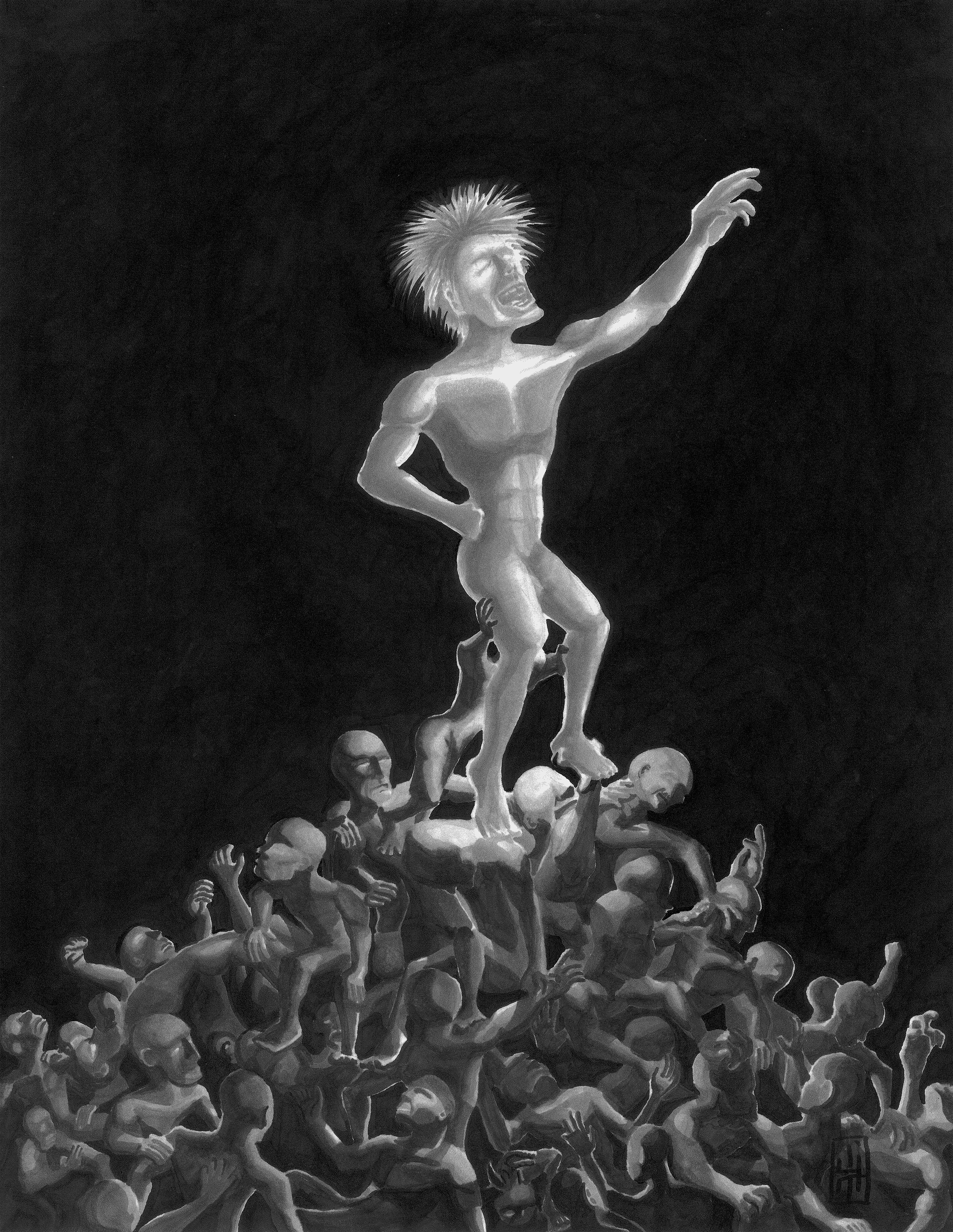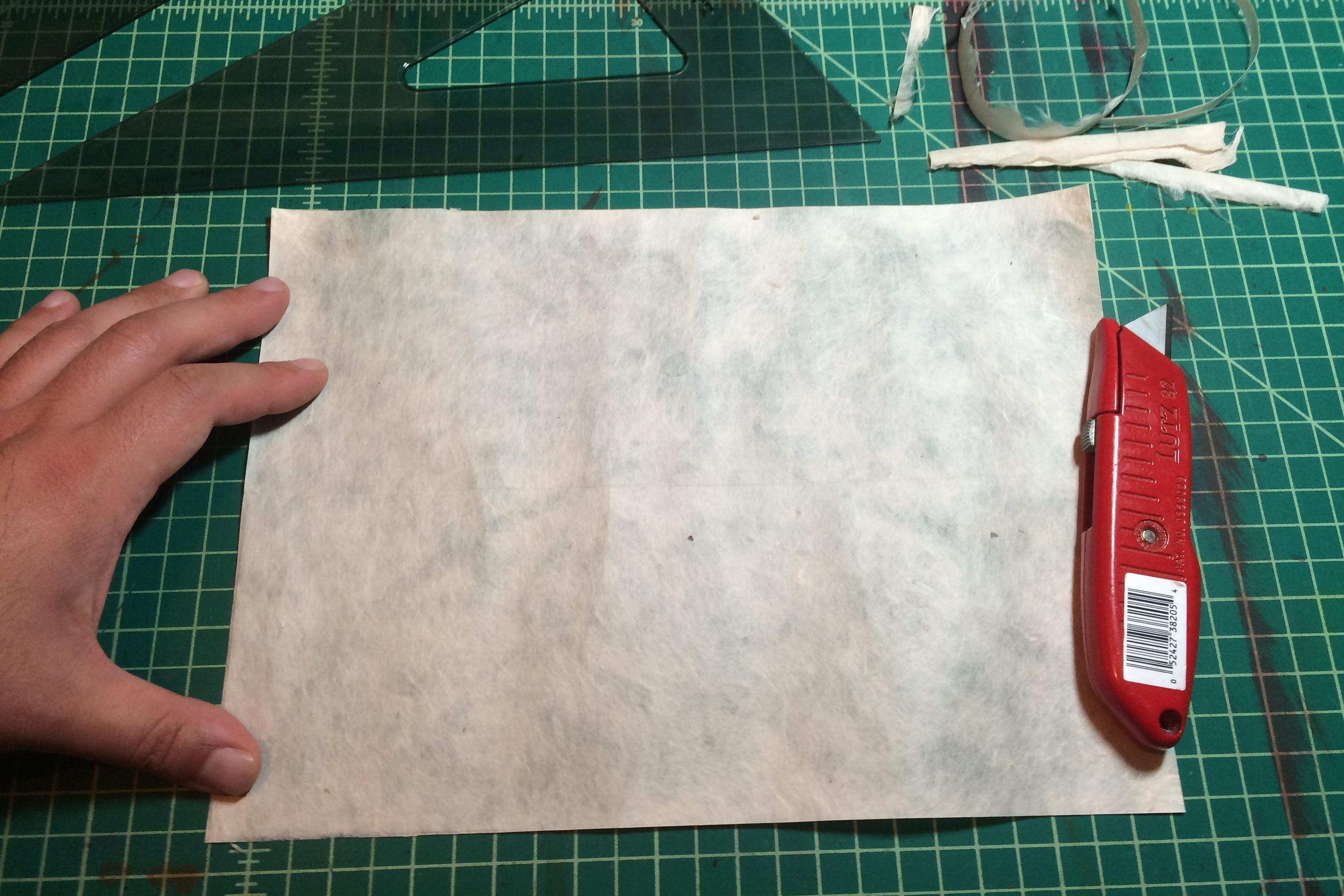Since I started doing back-lit tessellations, I've been thinking about the best way to display the finished designs. For me, the most obvious idea was to make lamp-shades and stand-alone lighting fixtures. After some research (watching a
Martha Stewart video and then ordering some supplies via
LampShop.com) I went about designing and making this:
 |
| Hexagons and Triangles Origami Luminary by Antipode |
This turned out to my liking and I plan on doing many others in the near future. For those interested in the design/development process for this, keep on reading!
The initial plan was to make two identical luminaries, so I started by folding a triangular grid on two 0.5x1.0m pieces of nice mulberry paper. It's a fairly soft, but very strong, paper. Many origamists suggest using spray starch to stiffen the paper first, but I didn't read about that until after I had all ready folded two identical pieces... definitely going to give it a try next time. I wasn't sure how the lampshadeification (it's a word... right?) would work with a more three-dimensional or sculptural tessellation, what with the curved-nature of the product, so I chose a very simple variation of the basic 3.6.3.6 and got to folding.
 |
| One of two completed tessellations |
These pieces measure about 23x15". There would have to be some overlap for gluing this into a cylinder, so I chose a cylinder size of 7" diameter, just about 22" diameter. Side note: 22/7 is really interesting as a rational approximation of the irrational pi (see
Diophantine Approximations). I cut a piece of heavy weight styrene with adhesive backing to 22x15", pulled off the wax paper and carefully adhered it to the back of the tessellations I prepared.
 |
| Styrene-backed pattern |
The process for styrene-backing the tessellation was pretty intense as the paper was kind of floppy and delicate. The first styrene-backing went virtually perfectly. In my attempt to photograph mid-process on the second pattern, however, I mis-adhered two sections, resulting in tons of wrinkles and basically ruined it. Needless to say, I was frustrated, but I learned a valuable lesson about the process. On the plus side, I could screw up on the rest of the process with that piece and be fine!
From here, I clipped the pattern around the top and bottom luminary rings, preparing to finally glue things into place.
 |
| Clipped into place |
 |
| Gluing flaps over the rings |
Gluing the flaps around the rings took a bit of trial-and-error. Tacky glue is a weird thing to work with and I hadn't handled it before. Thankfully, the internet exists and I was able to read up on a bunch of tips for gluing paper into place and how to specifically to best work with tacky glue.
Once both top and bottom rings and rear seam were glued into place, I got to affixing a ring of ribbon to the top and bottom rings to stiffen the join and provide a strong border to the top and bottom edges of the piece. That turned out very badly, so I folded a thin strip of mulberry paper in fourths and used that instead of ribbon the the "good" luminary.
 |
| Top border |
I wish I would have taken more in-progress shots, but that's all I got for the process. In the end, I created two luminaries: one is sweet and the other makes me cringe (but it was an important part of the learning process, admittedly). I will definitely be creating more origami lighting in the future, but I think that I'm going to focus on drawing and sculptural/traditional origami design for the next few weeks. Let me know what you think in the comments!
 This work by Sean Kirkpatrick is licensed under a Creative Commons Attribution-NonCommercial-ShareAlike 3.0 Unported License. Based on a work at www.studioantipode.com.
This work by Sean Kirkpatrick is licensed under a Creative Commons Attribution-NonCommercial-ShareAlike 3.0 Unported License. Based on a work at www.studioantipode.com.





































































